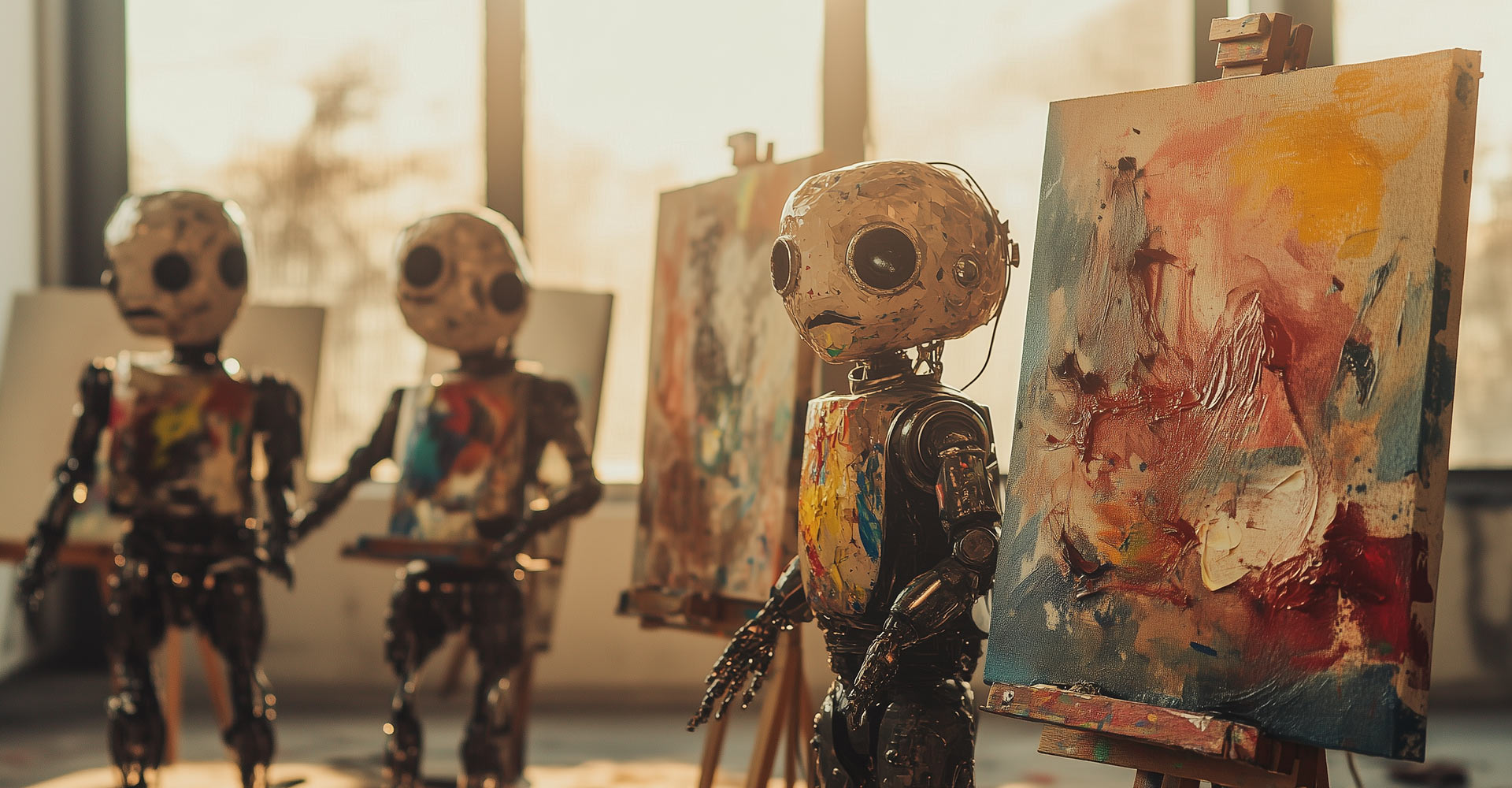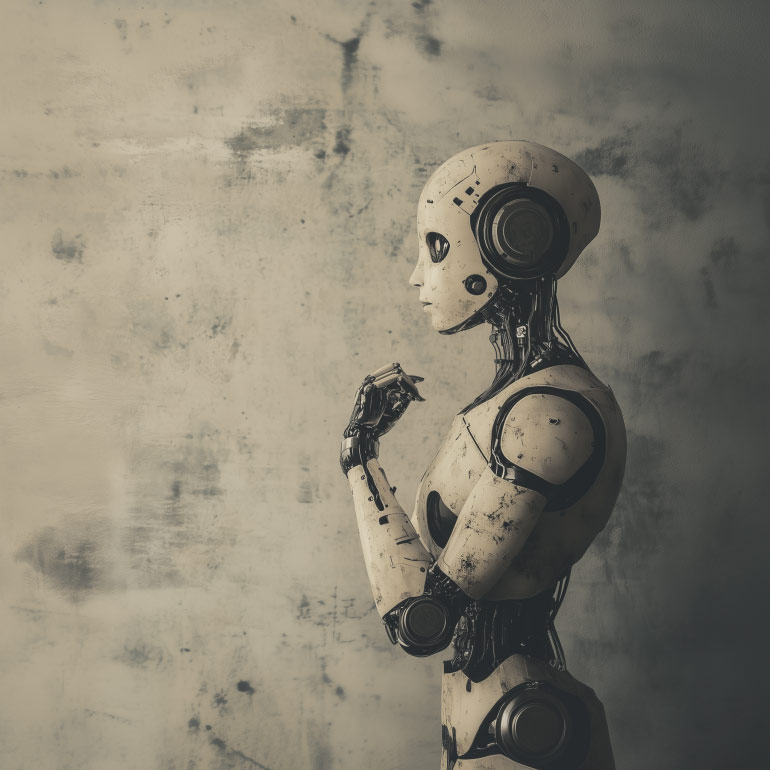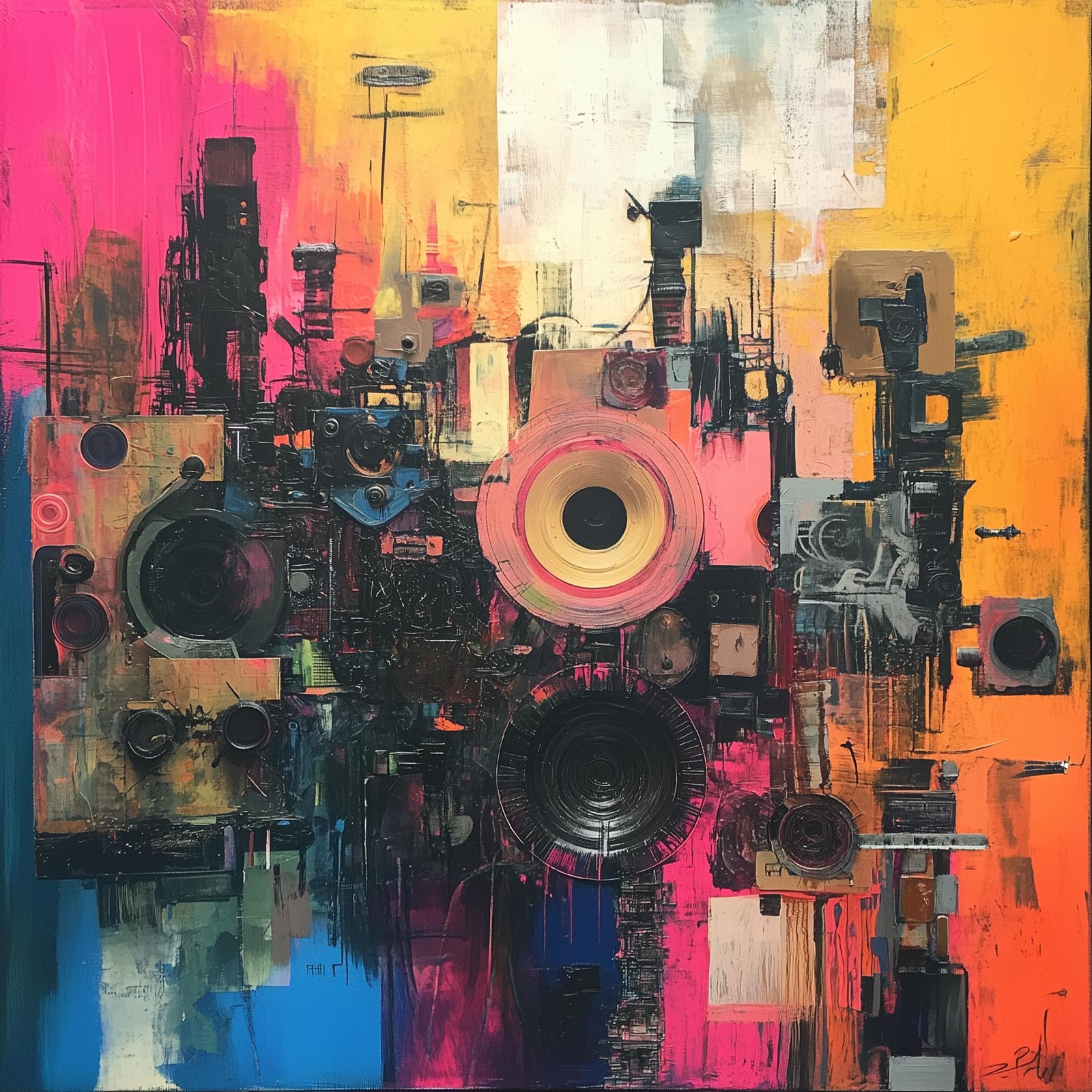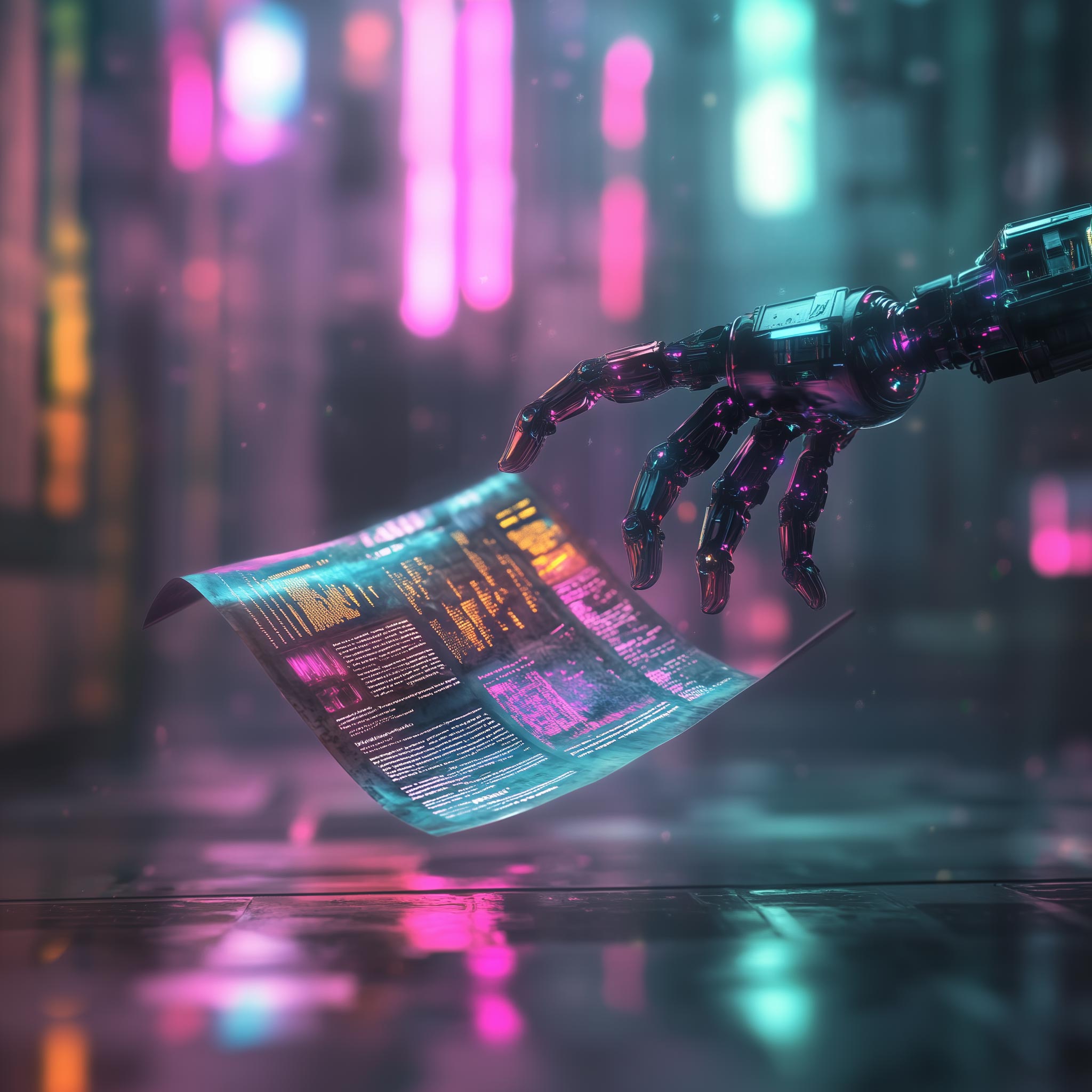If you thought AI was only here to steal your job, wait until you see what it can do with a paintbrush. Or rather, a prompt box. In 2025, AI image generation has gone from party trick to power tool, churning out everything from stunning landscapes to logos that look like logos (well, sometimes). But with great power comes great…deepfake potential. Let’s dive into the top tools, trends, and yes, the ethical tightropes we’re dancing on.
The Contenders: AI’s Art Club
Midjourney The artsy one in the group. Think of Midjourney as your friend who wears black, quotes Picasso, and won’t do realism unless it’s ironic. Its results are gorgeous, highly stylised, and now finally available beyond Discord. Great for mood boards, concept art, or impressing clients who say, “Make it pop.” Downside? It’s not free, and your images might be public unless you cough up for a higher tier.
ChatGPT (GPT-4o) OpenAI has slipped an image generator into its chat interface like a Swiss Army knife of creativity. It excels at rendering text (finally!) and is brilliant for infographics, social posts, and visual storytelling. Just don’t be in a rush—it can take its sweet time.
Stable Diffusion Open-source and fiercely customisable, it’s the geek’s favourite. Great for those who know their way around GPU specs and prompt engineering. Want your own AI style trained on Victorian wallpaper? Stable Diffusion says go for it. Just don’t expect hand-holding.
Adobe Firefly Polished and professional. Integrated neatly into the Creative Cloud suite, it’s the safe choice for commercial use, thanks to its training on licensed Adobe Stock images. Great for quick content creation in existing workflows. Less versatile on the style front, but who needs grunge when you’re designing packaging?
Ideogram Finally, an AI that knows the alphabet. Ideogram shines when it comes to generating text within images—a game changer for social graphics, posters, and meme-makers. Its “Magic Prompt” feature helps refine your ideas, but if you’re using the free plan, your genius might be on public display.
Google Imagen 3 Fast, accurate, realistic. Imagen 3 is that reliable all-rounder you bring home to meet the parents. It aces complex prompts and even does a decent job with hands (we see you, Midjourney). Current limitations include rigid aspect ratios and limited artistic filters, but give it a prompt and it delivers.
New Tricks & What’s Coming
Midjourney’s planning more model releases than Marvel films this year. GPT-5 is on the horizon, promising an even smoother blend of text and images. Adobe Firefly is dipping its toes into video. Ideogram is going mobile. And Stable Diffusion? It’s testing transformer-based models and keeping the open-source spirit alive.
Meanwhile, everyone’s trying to outdo each other on style references, batch size, and rendering text that doesn’t look like alien script. The arms race is real, and the winners? We, the creatives.
The Grown-Up Stuff: Ethics, Deepfakes & Digital Dilemmas
Yes, AI can now generate entire campaigns. But it can also create nude images, deepfakes, and political misinformation faster than you can say, “I didn’t type that.” Platforms are scrambling to implement filters, watermarking, and flagging systems. But let’s be real: enforcement is like whack-a-mole. It helps, but it doesn’t fix the arcade.
So what’s the answer? Multi-layered safety nets: content classifiers, opt-out data usage, visible and invisible watermarks (SynthID, anyone?), and, crucially, user education. Like any tool, AI can empower or exploit. We just have to choose wisely.
The Takeaway
AI image generation in 2025 is brilliant, baffling, and at times, a bit terrifying. From Midjourney’s dreamscapes to GPT-4o’s graphic smarts, the creative possibilities are endless. Just remember: these tools are paintbrushes, not painters. They need you to give them purpose.
Now go forth and prompt like a pro. Or at least try to avoid generating another four-fingered hand.



